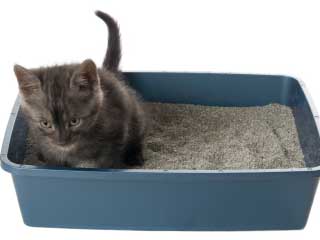The right balance of nutrition is an important part of selecting the best cat food for a pet. Since cats are carnivorous animals, the amount of fiber that they require in their diet is much lower than the amount that humans need. As a result, it is important to identify the appropriate level of fiber before selecting any cat food.
Optimal Fiber for Most Cats
Since fiber is a nutrient that helps move food out of the digestive tract, it is important for a cat food to have some fiber. The key is finding the right balance.
In general, cat food that has 3.5 percent fiber or less is appropriate. It should have at least 1.4 percent for good health, but it should not exceed 3.5 percent for a healthy cat.
Adding Fiber For Certain Conditions
Obese cats and cats with anal gland disease can benefit from a high fiber diet. It is not necessary for a healthy cat, but the fiber can help resolve concerns regarding infection and inflammation from anal gland disease.
The fiber in the cat food can help increase the bulk of excrement, which can help reduce the symptoms of anal gland disease.
In the case of obesity in cats, a high-fiber diet is beneficial by reducing appetite. When a cat eats a large amount of fiber, he or she is less likely to over-eat and will feel full faster. Even though the fiber can help with weight management, it is important to ensure that the amount is not excessive. Too much fiber can cause gas or loose stools.
The balance of nutrients in a cat’s diet plays an important role in the health of a pet. The key to finding the right balance of fiber is limiting the amount based on the cat’s specific needs.




